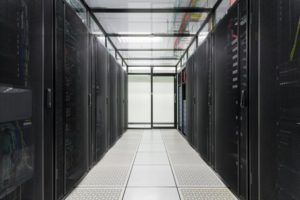
The Bankruptcy and Insolvency Code will drive growth of debt market in India, which hardly exists in corporate and business financing, Dr. MS Sahoo, Chairman, Bankruptcy Board of India told Fe. While the country has a matured and bullish equity market, the debt market in India was yet to develop. The board was not concerned with default in bank credits or about the rising NPAs. It would mainly look into private creditors interest if their money got locked.
“Banks have some protection in the areas of corporate financing but non banking debt is non existent. Bankruptcy and Insolvency Code would be instrumental in the growth of non bank debt financing, which would lead to reduce dominance of banks in areas of credit.
With a debt market created, debt supplies would ease out and lending rates both for the non banking creditors as well as for the banks would be market driven. “At present demand is chasing supplies but it will be other way round with supplies chasing demand,” Mamata Binani, chairperson, Institute of Company Secretaries of India (ICSI) said at an interactive session organised by the MCC Chamber of Commerce.
She said the code will enable to solve problems of many assets lying dead for years in dispute. Such assets could be quickly liquidated without the judiciary’s intervention and unsecured creditors will always have the first chance to realize its money from the business. The board has estimated that Rs 25,000 crore, which is locked in dead assets, is going to get unlocked in next five years.
While Sahoo made clear that the Bankruptcy and Insolvency Board would not deal with corporate frauds and inter managerial disputes, a creditor who has given unsecured loans should trigger the first available opportunity if he sees his credit at risk.
It will be a creditors committee, which will work on a strict time line, to resolve insolvency. The creditors will not be bound by any set rules to resolve insolvency or debtors problem. They will have flexibility to take their own decision and find a way out and that might come in the form debt restructuring or liquidation. However, if liquidation is unable to recover a debt, it may be a loss for both the creditor and the debtor, Alok Dhir, founder and and managing partner of Dhir & Dhir Associates said.
“But working with this code will gradually prove what is the right approach and there may be changes brought in the law,” Sahoo said adding that the board was also working on a framework for direct liquidation by passing insolvency resolution and the framework would be ready by February- March. But to begin the process on code a company has to address to the National Company Law Tribunal (NCLT), while for personal insolvency, a claimant will have to go to the Debt Recovery Tribunal (DRT). But the framework for personal insolvency was not yet ready and it would take some time before a party could move the DRT, Sahoo said.
However, the NCLT with 11 benches across the country was already functional with the code and there were chances that 93,000 pending BIFR cases could be referred to the board, many of which might not have to begin the process on code but through pre- pack solutions, Sahoo felt. He said the board has selected 974 insolvency professionals on a temporary basis and would begin certification through tests for inducting regular professionals.





